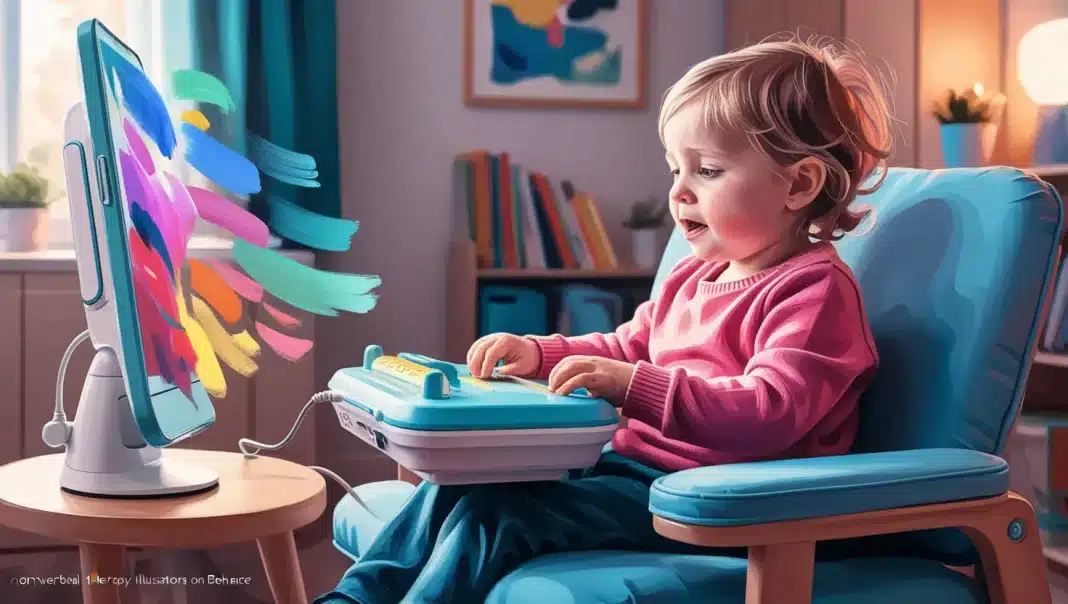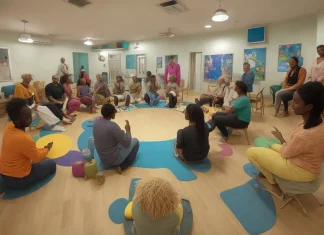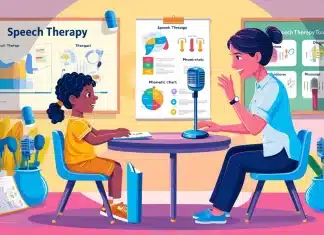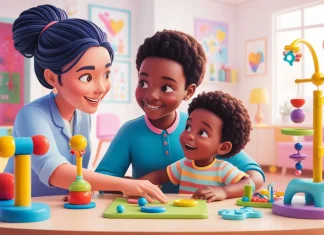Speech Therapy for Nonverbal Children
When your child faces communication challenges, it can feel like you’re trying to solve a puzzle without all the pieces. Speech therapy for nonverbal children acts as a bridge, connecting children to the world around them in ways that feel natural and empowering. Let’s dive into how it works, why it matters, and how it can transform lives.
What is Speech Therapy?
Definition and Purpose
Speech therapy is more than just teaching children to speak; it’s about helping them communicate. Whether it’s through words, gestures, or technology, the goal is to equip children with tools to express themselves effectively.
Common Misconceptions
Think speech therapy is just for kids who stutter? Think again. Many assume speech therapy is all about verbal communication, but for nonverbal children, it encompasses much more, including alternative communication methods.
Understanding Nonverbal Communication
What Does It Mean to Be Nonverbal?
Being nonverbal doesn’t mean a child isn’t communicating—it just looks different. Nonverbal children might use body language, facial expressions, or even sounds to convey their needs.
Different Ways Nonverbal Children Communicate
From pointing at objects to using pictures or apps, nonverbal communication is as varied as the children themselves. Every gesture tells a story, and speech therapy helps unlock those stories.
Why is Speech Therapy Essential?
Benefits of Speech Therapy
Speech therapy empowers children by giving them a voice—whether spoken or alternative. It builds confidence, enhances social interactions, and improves their ability to navigate the world.
How It Improves Life Skills
Communication is a cornerstone of daily life. Through therapy, children learn to express their feelings, make requests, and even form friendships, opening doors to independence and happiness.
Types of Speech Therapy Techniques
Augmentative and Alternative Communication (AAC)
AAC includes tools like picture boards and speech-generating devices. For nonverbal children, these are like magic wands, turning thoughts into communication.
Speech Exercises
Therapists use fun activities to build foundational skills. Blowing bubbles, repeating sounds, or mimicking actions can make therapy both effective and enjoyable.
Sensory Integration
For some kids, sensory challenges hinder communication. Speech therapy addresses these issues, making it easier for children to focus and engage.
Signs Your Child May Need Speech Therapy
Early Signs to Watch For
Does your child avoid eye contact, struggle to imitate sounds, or have trouble following simple instructions? These could be signs of communication delays.
When to Consult a Professional
If your child isn’t meeting communication milestones or seems frustrated trying to express themselves, a speech therapist can provide clarity and support.
The Role of Parents in Speech Therapy
Building a Supportive Environment
Your home sets the stage for progress. Encourage communication by responding to your child’s gestures and sounds enthusiastically.
Reinforcing Therapy at Home
Practice makes perfect! Reinforce therapy techniques during daily routines, like mealtime or playtime, to make learning seamless.
Working with a Speech Therapist
What to Expect in a Session
Speech therapy sessions are engaging and interactive, often involving games, storytelling, or role-playing to keep children interested.
Setting Realistic Goals
Progress may be slow, but every small win counts. Celebrate achievements, no matter how tiny, and stay patient.
Personalized Approaches in Therapy
Tailoring Methods to Individual Needs
Every child is unique, so one-size-fits-all solutions don’t work. Therapists adapt their techniques to suit your child’s personality, interests, and challenges.
Using Technology in Therapy
From apps that turn pictures into sentences to interactive games, technology makes therapy exciting and accessible.
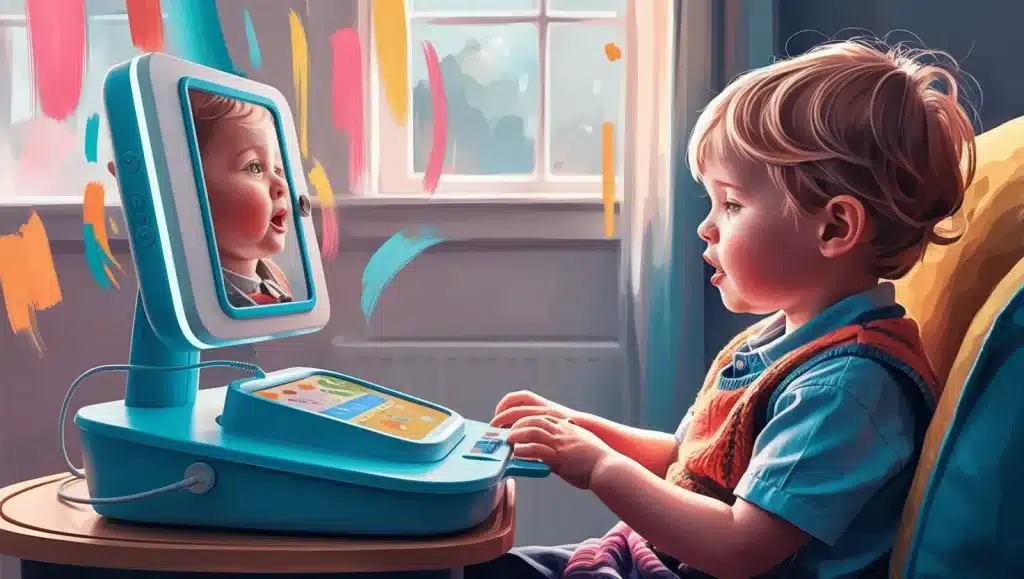
The Role of Technology
Speech-generating devices and communication apps like Proloquo2Go are game-changers, allowing nonverbal children to interact with the world more effectively. They’re like having a digital voice in their pocket.
Challenges in Speech Therapy
Addressing Common Obstacles
Consistency is key, but life can get busy. Overcoming scheduling conflicts and maintaining motivation are common hurdles for families.
Staying Consistent
Therapy is a journey, not a sprint. Staying the course, even when progress feels slow, is crucial for long-term success.
Success Stories
Hearing about children who went from frustration to joy through speech therapy can be incredibly inspiring. One child, previously unable to communicate, now uses a tablet to share his thoughts, proving that breakthroughs are possible.
Common Myths About Nonverbal Children
Debunking Harmful Stereotypes
Nonverbal doesn’t mean incapable. These children have unique strengths and abilities that deserve recognition and celebration.
Celebrating Diverse Abilities
Every child has potential. Focusing on their abilities, rather than their limitations, creates a world of opportunities.
How to Get Started with Speech Therapy
Finding the Right Therapist
Look for someone experienced with nonverbal children and who makes your child feel comfortable and understood.
Preparing for the First Session
Bring notes about your child’s communication style, preferences, and challenges to help the therapist hit the ground running.
Conclusion
Speech therapy for nonverbal children isn’t just about finding a voice; it’s about unlocking potential. With the right support, tools, and dedication, your child can communicate in ways that enhance their quality of life. You’re not alone in this journey—together, you and your child can achieve incredible milestones.
FAQs
- Can nonverbal children ever learn to speak?
Yes, many nonverbal children develop speech with the help of therapy. However, even if they don’t, alternative communication methods can be equally effective. - At what age should speech therapy begin?
The earlier, the better! Early intervention, even as young as two years old, can make a significant difference. - How long does it take to see results?
It varies for each child. Some may see progress in a few months, while others might take longer. Patience and consistency are key. - Do all nonverbal children need technology for communication?
Not necessarily. Some children thrive with low-tech options like picture boards, while others benefit from high-tech AAC devices. - How can I support my child during therapy?
Stay involved! Practice therapy techniques at home, celebrate progress, and keep communication a part of everyday life.

